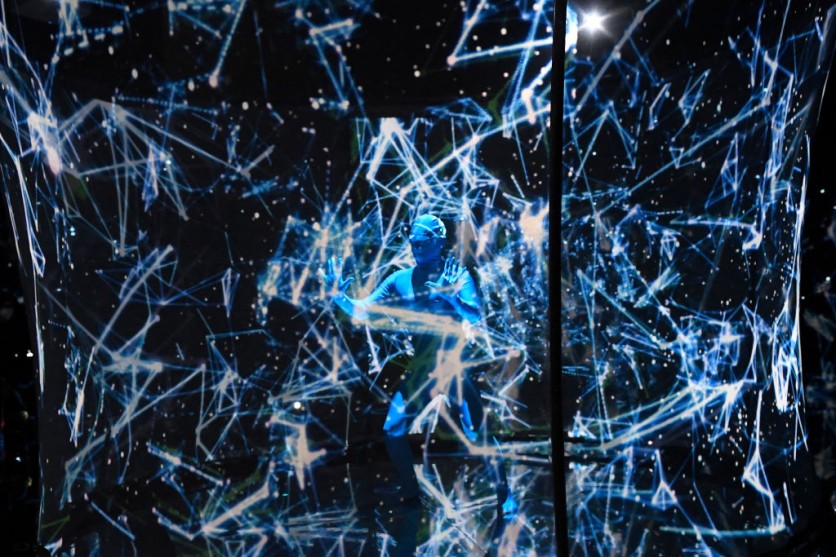Scientists from the Max Planck Institute for Medical Research and the Heidelberg University created "acoustic holograms" that would offer a novel way of assembling matter into a 3D object, as per a press release.
Their design creates pressure fields using several acoustic holograms, which can be used to print solid particles, gel beads, and even living cells. These results may pave the path for cutting-edge 3D cell culture methods with biomedical engineering applications.

Shaped Ultrasound
Researchers from Heidelberg and Tübingen have recently shown how to construct a 3D shape out of smaller parts in just a single step.
"We were able to assemble microparticles into a three-dimensional object within a single shot using shaped ultrasound," Kai Melde, lead author of the study, said in a press release statement.
"This can be very useful for bioprinting. The cells used there are particularly sensitive to the environment during the process", Peer Fischer, a professor at Heidelberg University, added.
Sound is made up of pressure waves that move across a medium, such as air or water. The force behind these waves is significantly minute and can usually be detected on our eardrums. However, they can still apply pressure to the surfaces they reach, according to New Atlas.
In earlier research, Peer Fischer and associates demonstrated how to create ultrasound using acoustic holograms, which are 3D-printed plates designed to encode a particular sound field. They showed that materials might be assembled into two-dimensional patterns using those sound fields.
Read also : 'Chameleon Robots:' These Robots Can Change Colors and Mimic Their Surroundings Through 3D Printing
New Study
The team was able to develop their idea further with their new study. They gathered floating particles and cells in the water and put them together to form three-dimensional forms.
Additionally, they claim that the novel technique is applicable to a wide range of materials, such as biological cells, hydrogel or glass beads, and other materials.
According to the first author Kai Melde, the key concept was to combine several acoustic holograms to create a combined field that can capture the particles.
The digitalization of a whole 3D object into holographic ultrasound fields is computationally challenging, and it requires the team to develop a new calculation routine, according to Heiner Kremer, who created the method to optimize the hologram fields.
The researchers believe their approach offers a potential foundation for developing 3D cell cultures and tissues.
The team's findings were published in the journal Science Advances.
Related Article : NASA's Latest ISS Cargo to Include 3D Printing Simulation That Will Use Soil and Rocks to Build Colonies

ⓒ 2026 TECHTIMES.com All rights reserved. Do not reproduce without permission.




